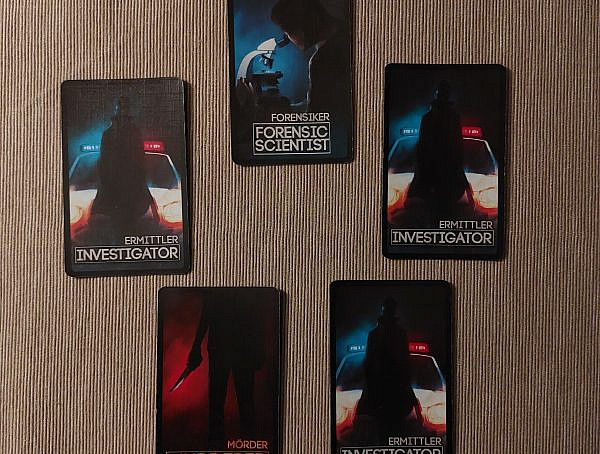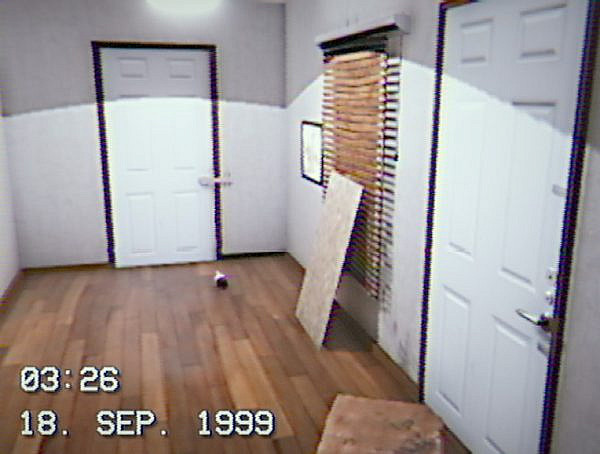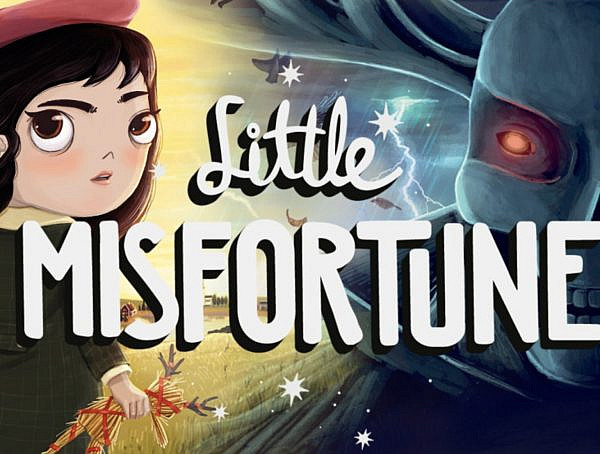A friend of strategic fantasy tabletop wargaming? Look elsewhere.
Note: this article is based on a game session using the free, four-page long version of the rules rather than the actual rulebook, as well as the free rules for Dwarfs and Orcs & Goblins.
Games Workshop released a highly controversial makeover for Warhammer Fantasy Battle (WHFB), their classic tabletop miniature wargame, in the form of Age of Sigmar (AoS). The original game received a total of eight editions, and many long-time veterans are not perfectly happy with the transformation into what some consider a dumbed-down version. I quit playing around the 7th edition, which means my insight into the game is slightly outdated, but with about a decade’s worth of WHFB experience I feel rather confident about analysing the changes in the new edition.
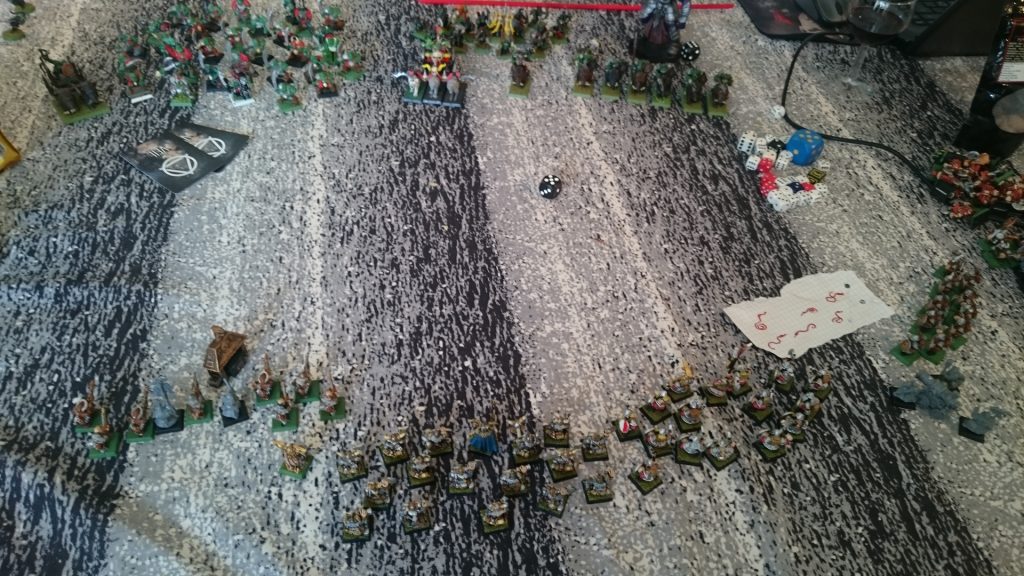
In the original game, players would face each other with their miniature armies set up in tight formations divided into groups ranging from a few to dozens of models, taking turns in trying to break the ranks of their enemies. The most noticeable difference with AoS is that the game has completely given up the use of unit formations, as the models can freely move around as long as they are within one inch of another model belonging to the same unit. The free-formation style is familiar from some other games by Games Workshop, such as Warhammer 40,000 or Mordheim, the first one being a science fiction and the latter a sort of skirmish version of WHFB. After trying out AoS, I can’t help but feel that now there are two skirmish versions of WHFB.
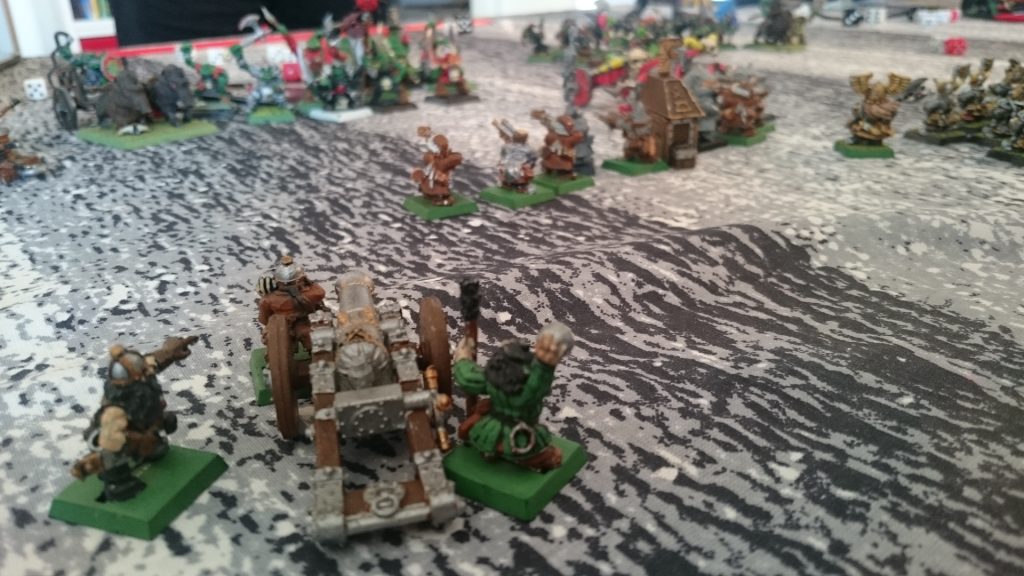
The models are supposed to be stood on round bases rather than the rectangular bases more suitable for arranging the models into neat lines. This combined with the fact that some of the new models look like medieval Space Marines, the iconic soldiers from Warhammer 40,000, makes the game feel like a less tactical, mostly close-combat copy of the science fiction version. What sets these games apart is the obvious lack of momentum in AoS.
Rounds take place in different phases, such as movement, shooting and charging. If a unit has not moved or used missile weapons earlier in the round, it may declare a charge against an enemy unit within twelve inches in order to engage in battle. The unit will then throw two six-sided dice to determine their charge distance in inches, but if no model in the unit would reach the enemies, they simply do not move at all. In WHFB, the units would make a normal walk move towards their target after a failed charge, but in AoS a part of your army may just stay inactive for an entire round if you are unlucky with dice. In our test game the rule resulted in powerful fighting units missing the battle entirely, as they were shot down before they had a chance to move again.
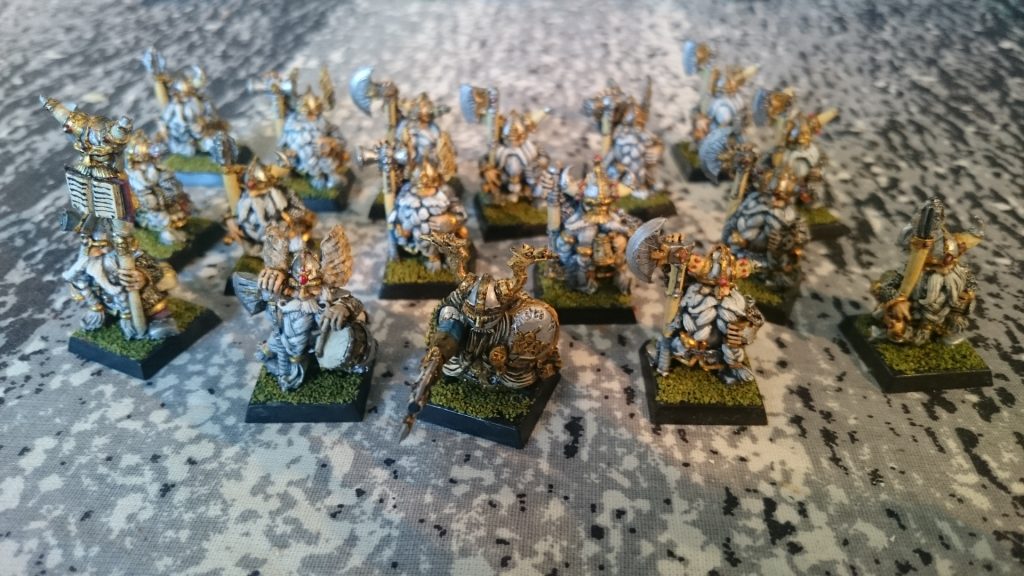
Not being able to move your unit may be extremely annoying if it makes up the bulk of your force, and setting up armies is an unbalanced mess which does nothing to help with situations that feel unfair. Players can pick as many models and units as they want to, and since the normal victory condition for the game is to kill all enemy models, the most obvious problem with the game presents itself before the battle can even begin. Possibly in an attempt to balance the set-up, there is a rule about the player with considerably less models being allowed to pick a special victory condition. However, if one player’s army consists of a handful of powerful hero units and the other player’s army of dozens of weaker soldiers, the rule makes the setting even more unfair.
Unfairness seems to be a major issue with the rules, since there are special rules for certain units that involve silly behaviour or insulting the other player. For example, one rule allows the player with the bigger moustache to re-roll some dice, but this is of course unfair towards anyone not being able to grow facial hair. I am not familiar with all special rules, but some seem to place players with physical limitations at uncomfortably disadvantageous situations, and others seem to encourage bullying.
Our two-hour game sessions felt like throwing models against each other until one side ran out of troops, but the actual rulebook may introduce more scenarios than the free rulesheet. I’m not sure they will help with the boring gameplay, however, as everything about the game feels unbalanced and slow. To be fair, there are some nice new miniatures released and the makeover will certainly make it easier for new players to take up the hobby. Still, the game feels like a highly simplified re-imagination rather than a worthwhile continuation of the franchise, and with plenty of competition within the tabletop wargaming genre avaible for veterans of WHFB, there are few reasons to pick up AoS.
Developer: Games Workshop
Publisher: Games Workshop
Released: 2015
PEGI: N/A
You might also like
More from Game Reviews
The Succinct Charm of Astro Bot
A charming #SinglePlayer #Action #Platformer that provides a brief remedy against the overstuffed games of the current gaming landscape #PlayStation5
The Heartbreaking Story of Little Misfortune
Little Misfortune is a game with adorable art, cute characters and an extremely dark and heavy story. #Horror #InteractiveStorytelling #Adventure







